Search Images
Browse Content (p. 111)
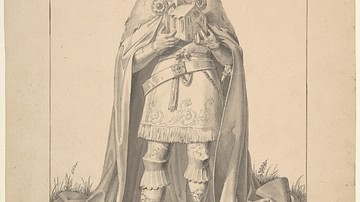
Image
Emperor Saint Henry II
Saint Henry II, Holy Roman Emperor (r. 1002-1024), drawing by Joseph von Führich (1800-1876).
Metropolitan Museum of Art, New York.
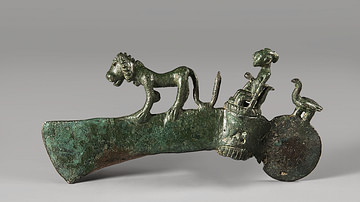
Image
Bronze Axe Head Topped with a Man Ruling Animals from Western Iran
Bronze axe head topped with a man ruling animals, found in Saqqiz, Luristan, from Iron Age II (c. 1100-900 BCE). National Museum of Iran, Tehran. cc. no. 1434, photo by Neda Tehrani (Baloot Noghrei). Following the collapse of civilizations...
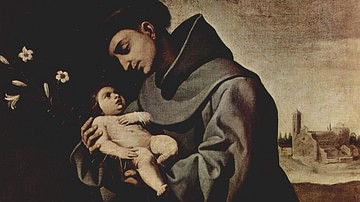
Image
Saint Anthony of Padua
Saint Anthony of Padua, oil on canvas by Francisco de Zurbarán, c. 1640.
Museo del Prado, Madrid
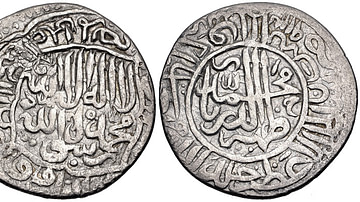
Image
Coin of Babur, as Ruler of Kabul
Coin of the first Mughal Emperor, Zahir al-Din Muhammad Babur, as the ruler of Kabul, 1504-1530 CE.
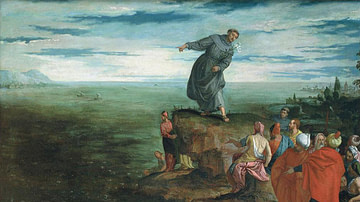
Image
Saint Anthony Preaching to the Fish
Saint Anthony preaching to the fish, oil on canvas by Paolo Veronese, c. 1580-1585.
Galleria Borghese, Rome.
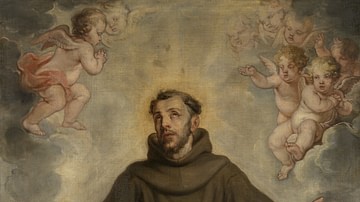
Image
Saint Francis of Assisi
Saint Francis of Assisi, oil on canvas painting by Philip Fruytiers.
Royal Museum of Fine Arts, Antwerp.
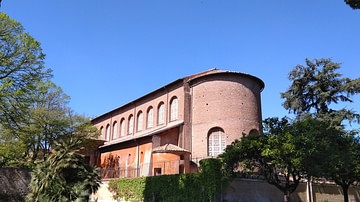
Image
Basilica of Santa Sabina, Rome
The Basilica of Santa Sabina on the Aventine Hill in Rome was constructed at the time of Pope Celestine I (422-432 CE). It is a major example of the architectural characteristics of an Early Christian basilica. It also preserves its original...
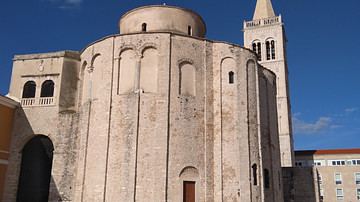
Image
Church of St. Donatus, Zadar
The round church of St. Donatus in Zadar (ancient Iader) in modern-day Croatia was built on top of the ancient Roman forum in the 9th century. It was originally dedicated to the Holy Trinity, but in the 15th century, it was renamed to Saint...
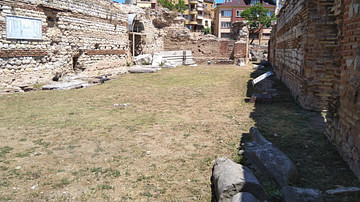
Image
Frigidarium of the Roman Baths in Varna
The frigidarium (cold room) of the Roman Baths of Odessos (modern-day Varna, Bulgaria). The baths were built around the end of the 2nd and the beginning of the 3rd century CE under Roman emperor Septimius Severus. They cover over 7000 square...
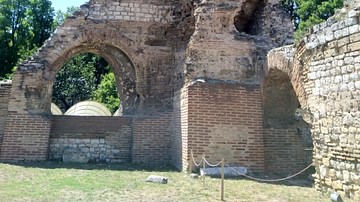
Image
Roman Baths in Varna
The Roman Baths of Odessos (modern-day Varna, Bulgaria) were built around the end of the 2nd and the beginning of the 3rd century CE under Roman emperor Septimius Severus. They cover over 7000 square meters and were the fourth-largest public...